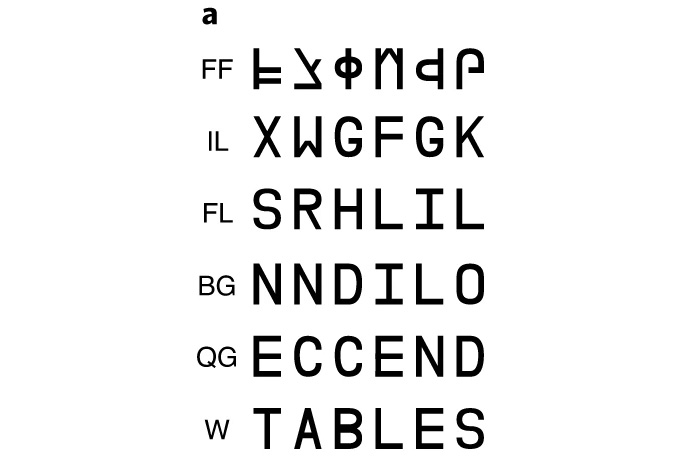Our brains are amazing pieces of biological machinery. Among the many tough jobs they handle with apparent ease is telling apart real words from random strings of letters, all with great speed and accuracy. Now, scientists think they've found the part of the brain responsible for this task.
New research points to the mid-fusiform cortex, a section of the temporal lobe (known for processing incoming sensory information), as the place in the brain where our visual dictionary is stored and accessed. It's this dictionary that helps us figure out if a word is actually understandable.
The team behind the discovery thinks these findings could hint at why some people can read a lot more quickly than others, as well as offering clues for managing reading disorders such as dyslexia.
"How much the mid-fusiform responds to a word and how quickly it can distinguish between a real and made-up word is highly dependent on how frequently the real word is encountered in everyday language," says neurosurgeon Nitin Tandon from the University of Texas.
"So short, common words like 'say' can be identified quickly but long, infrequent words like 'murmurings' take longer to be identified as real words."
The team used brain scans of 35 participants who were undergoing treatment for epilepsy, and so already had electrodes fitted to their brains. Brain activity was monitored as volunteers had to perceive real words, nonsense words, and even words in a made-up font that looks like something you would see in an obscure sci-fi movie.
 Example stimuli used in the study. (Woolnough et al., Nature Human Behaviour, 2020)
Example stimuli used in the study. (Woolnough et al., Nature Human Behaviour, 2020)
According to the neural processing patterns that were observed, the mid-fusiform reacts first, jumping in to compare what we're seeing with a database of known words. Once a word is recognised, the information is sent elsewhere in the brain for further processing.
To test their hypothesis about the mid-fusiform section of the brain, the scientists applied brief electrical stimulations to interrupt its operation – which temporarily prevented the study subjects from being able to read properly.
"We showed that if we temporarily disrupt activity in the mid-fusiform cortex using briefly applied electrical pulses, it causes a temporary inability to read, a dyslexia, but doesn't disrupt other language functions like naming visual objects or understanding speech," says Tandon.
The mention of dyslexia is important: it's one of the most common language-based learning disabilities we know of, and the research could help us better understand it and find ways of managing it, as well as other reading disorders.
It's a fascinating area of science, and one that we're learning about all the time. We know, for example, that our brains are able to figure out and unjumble well-known words even if some of the middle letters are in the wrong order.
As you would expect, the mid-fusiform spent the longest processing unfamiliar words. Words that are commonly used in English were quickly identified and passed on, where other sections of the brain can work out sentence structure and meaning – and that's likely to affect our reading comprehension level.
"Since word frequency is one of the main factors that determines how fast people can read, it is likely that the mid-fusiform acts as the bottleneck to reading speed," says Tandon.
The research has been published in Nature Human Behaviour.
#Humans | https://sciencespies.com/humans/neuroscientists-found-which-part-of-our-brains-tells-real-words-apart-from-srhlil/
No comments:
Post a Comment